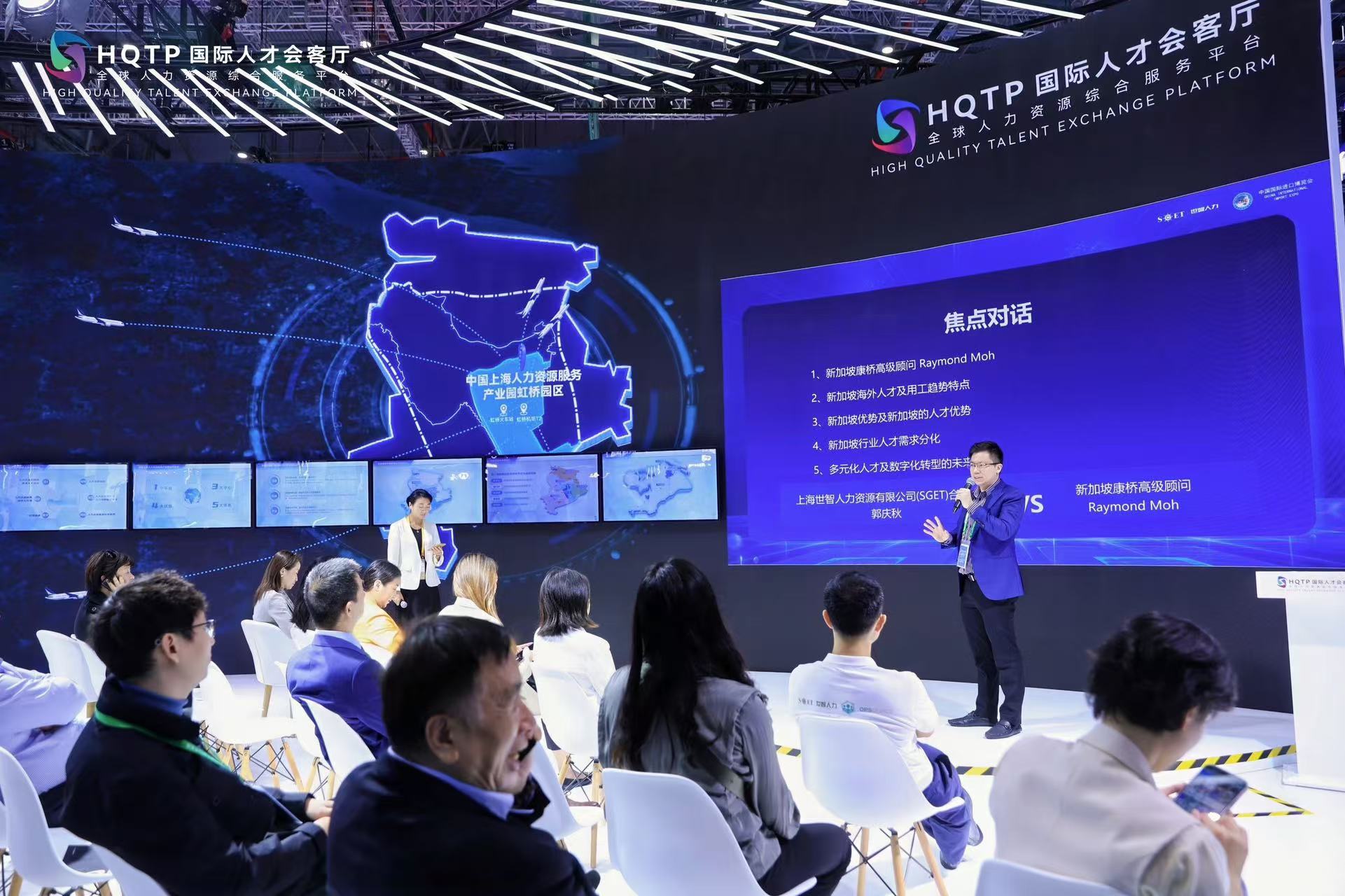 Chinese Firms Need ‘Second-time Entrepreneurship’ Mindset When Expanding Overseas, Business Consultant Says
Chinese Firms Need ‘Second-time Entrepreneurship’ Mindset When Expanding Overseas, Business Consultant Says(Yicai) Nov. 11 -- Chinese companies looking to expand abroad need to have a ‘Second-time Entrepreneurship’ frame of mind, Raymond Moh, a senior advisor at Singapore-based business consultants Cambridge Advisers, said during the China International Import Expo just ended.
It is never plain sailing, Moh noted, drawing on years of experience in helping Chinese businesses expand internationally. Nearly every company faces unprecedented issues going overseas, so they should be mentally prepared that they are building a startup outside China, he said.
By way of example of encountering roadblocks in unchartered territories, Moh referred to a Chinese firm in digital urban planning that had successfully set up shop in Malaysia, but struggled to get government contracts. It later discovered that local governments in the country have policies to prefer domestic businesses over non-local firms within a certain purchase value. To be eligible to bid for contracts, the Chinese company had to adjust its ownership structure, seek local partners, and resubmit tender bids.
Moh pointed out that while Chinese investment is welcomed in Malaysia, the country’s complex legal system, which incorporates both British common law and Islamic law, can pose challenges.
Without a solid understanding of local laws, companies can easily come unstuck, so he often advises Chinese businesses to exercise caution around contracts and understand local laws to prevent legal disputes further down the road.
Despite the challenges, there is still strong demand among Chinese companies to expand overseas, Moh said, adding that some are exploring blue ocean markets, while others are driven by downstream clients or building alternative supply chains in other regions.
Notable Opportunities in SE Asia
Southeast Asia, which comprises 11 countries, including Singapore and Malaysia, has a total population of 683 million, of whom more than half live in urban areas. From 2021 to last year, Chinese manufacturers invested over CNY40 billion (USD5.6 billion) in the region, far surpassing their investments in Europe and Latin America.
Moh noted that significant opportunities remain for Chinese companies in SE Asia. Chinese electronic products, which are affordable and of good quality, tend to be well-received by the local population and have a market there. In the business-to-business domain, clients are not necessarily in the region and are likely further overseas, with the products exported to Europe or North America.
Take Mixue Ice Cream & Tea as an example. The Chinese ice cream and beverage brand has opened 2,000 stores in Indonesia and is hugely successful there with a strategy for quick turnover but slim profits, Moh said.
He also advised that Chinese companies in the business-to-consumer space in SE Asia need to find local sales channels or set up outlets with sizeable footprints but not necessarily in well-known cities.
Compared with B2C companies, manufacturing firms face greater complexity, involving supply chain diversification, organizational design, and utilization of free trade agreements, he said. A better approach is also to integrate locally, such as by producing some parts locally or sourcing materials locally, which enhances supply chain resilience and reduces risk, Moh said.
Finding Opportunities as Policy Changes
Addressing the recent end of tariff exemptions on Chinese photovoltaic products exported from Cambodia, Malaysia, Thailand, and Vietnam by the United States and other countries, Moh noted that policy changes are not unexpected.
While North American tariffs have increased, SE Asian countries such as Malaysia is actively encouraging solar panel installation in last year’s budget, he said, allowing Chinese companies that produce them locally to benefit from the country’s renewable energy transition.
Expanding overseas is both a science and an art, Moh concluded. It requires a structured system for sustained growth, while incorporating a mechanism to address policy changes or black swan events, he said.
Cambridge Advisers and the National University of Singapore Business School will release a compliance and governance guide for Singapore next month, which will be posted on their website, Moh pointed out.
They will also publish a guide to help foreign businesses navigate the Southeast Asia region. “This serves as a compass to help Chinese companies and foreign investors at large minimize risks and facilitate better decisions as they venture into the region,” he said.
Editor: Tom Litting